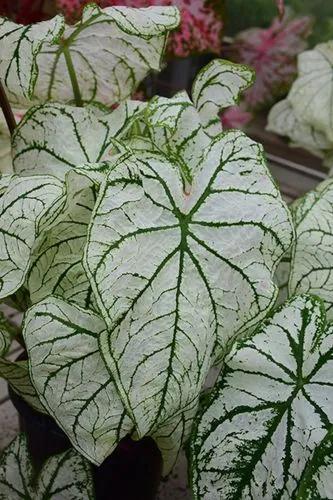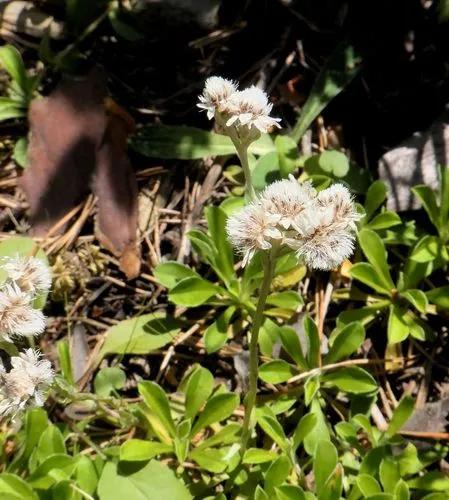Prunus lusitanica, the Portugal laurel, is a species of the genus Prunus, related to the cherry. It is native to southwestern France, Spain, Portugal, Morocco, and Macaronesia. It is used as a superb hedging shrub.
Portuguese laurel cherry Care
Prunus lusitanica



Prunus lusitanica is a large evergreen shrub or small tree of spreading habit, the dark red shoots bearing deep green ovate leaves. Small, fragrant white flowers in racemes to 25cm in length in early summer, are followed by small, dark purple fruits. Ideal for hedges, it is also particularly well-suited to growing in pots or as a standalone. In a hedge, provide for enough space between specimens, about 3 feet (1 meter), so that your Prunus lusitanica can grow without suffocating.
How to Care for the Plant

Water

Keep up with the regular watering regime, especially when the weather is warm. In the summer, watering thoroughly on a weekly basis.

Fertilizer

It is recommended to feed the plant with an all-purpose liquid feed for once a month throughout the growing season (June to September).

Sunlight

The plant has to be grown in sun or partial shade.

Soil

It is easy to grow in any moist but well-drained moderately fertile soil. To avoid weed growth and retain water needed for its growth, spread mulch at the base of the tree in spring and repeat this every year.

Temperature

The plant is hardy to about -20°C.

Popularity

1,856 people already have this plant 236 people have added this plant to their wishlists
Discover more plants with the list below
Popular articles






